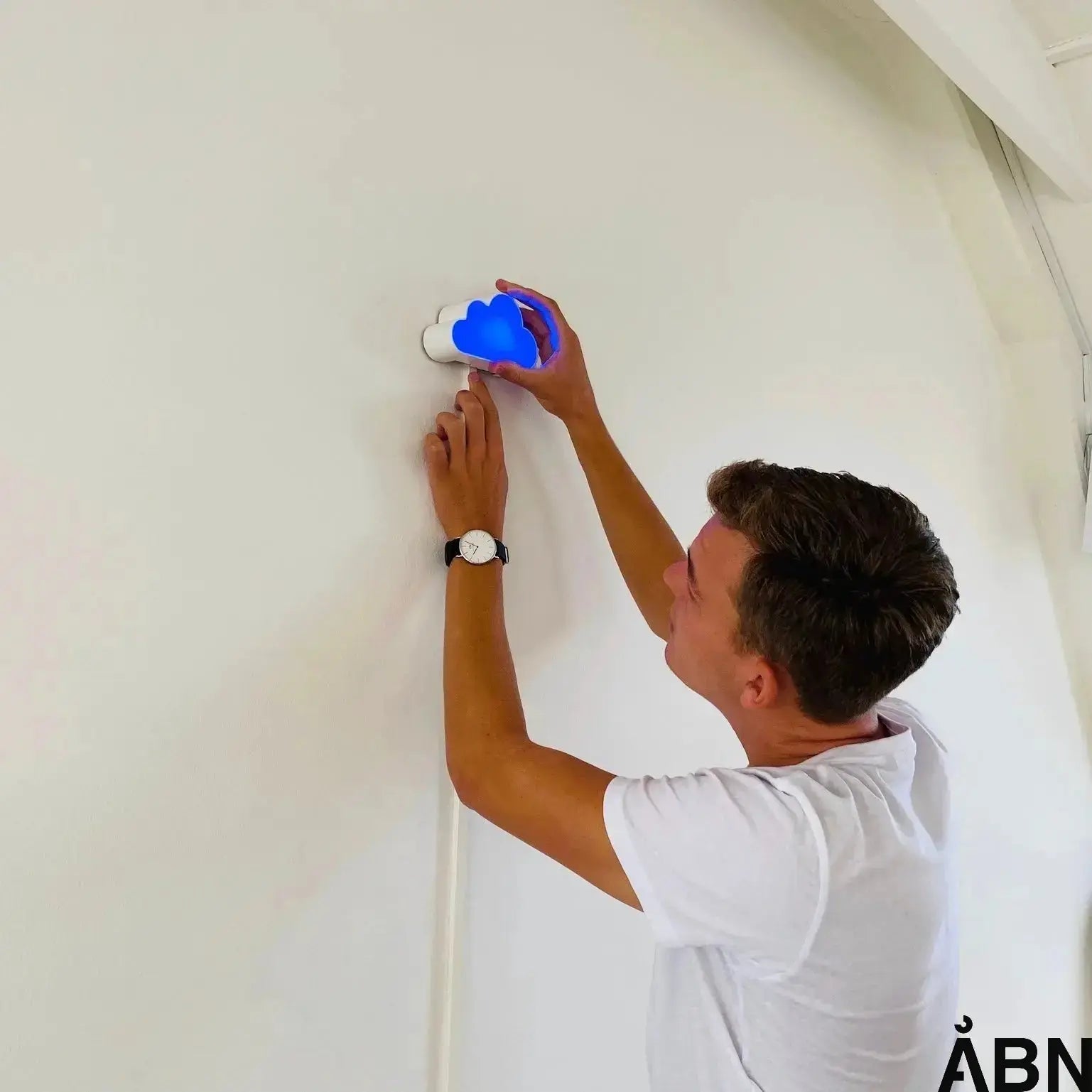You should keep an eye out for these symptoms when CO2 is high
Imagine a classroom on a Monday morning. The air is heavy, the children complain of headaches and difficulty concentrating, and the teacher feels unusually tired – even before the first break. It’s not just the Monday mood that’s taking hold. It could be a sign of high CO2 levels in the room. Indoor air quality is an invisible player – or opponent – in our everyday lives. And high CO2 can be a silent threat to both health, well-being and productivity.
This article delves into what symptoms you should be aware of when there is high CO2, why it is important to take them seriously, and how you can act on it - both as a parent, leader and facility manager.
What is CO2 – and why is it important to measure it indoors?
CO2, or carbon dioxide, is a natural part of the air around us. We breathe it out constantly, and in small amounts it is completely harmless. However, in enclosed spaces with many people and inadequate ventilation, CO2 levels can quickly rise to a level that affects both our bodies and our cognitive abilities.
According to Statistics Denmark, CO2 is also an important indicator in the broader climate accounts. But while much focus is on outdoor CO2 and climate, indoor CO2 levels are just as crucial – especially because we spend up to 90% of our time indoors.
Symptoms of high CO2: From creeping fatigue to serious warnings
CO2 is an invisible gas with no smell or color. This makes it extra dangerous – because you only notice it when your body is already affected. Here are some of the most common symptoms to look out for:
1. Fatigue and decreased concentration
One of the earliest signs of high CO2 levels is a feeling of fatigue, even after a good night's sleep. Many people also find it harder to stay focused. This applies to both children in schools and adults in the workplace. Poor air quality can reduce performance by up to 15%, according to several international studies.
2. Headache and dizziness
As CO2 levels rise, oxygen levels fall correspondingly. This can lead to headaches, especially in the afternoon in poorly ventilated rooms. Dizziness can also occur – a sensation of “standing in a cheese dome”, as many describe it.
3. Difficulty breathing
Although CO2 itself is not toxic in normal concentrations, high levels can create a feeling of suffocation or tightness in the chest. This is often due to the body trying to compensate for the low oxygen levels. According to the DCE – National Center for Environment and Energy, poor ventilation can worsen these symptoms.
4. Unconsciousness (in extreme cases)
At extremely high concentrations – typically above 5,000 ppm (parts per million) – CO2 can lead to disorientation and, in the worst case, unconsciousness. This is rarely seen in ordinary office or school environments, but should be taken seriously in tightly closed spaces without ventilation.
How do you know if the CO2 level is too high?
Symptoms can be diffuse and overlap with other factors such as stress, dehydration or illness. That's why it's important to measure, not guess. With modern technology, you can easily visualize CO2 levels in real time – and act on them before they become a problem.
At ÅBN, we have developed the Sky – an intuitive sensor that measures CO2, temperature, humidity and noise in real time. The data is displayed on a user-friendly dashboard so that both children and adults can understand and act on it. This makes the indoor climate as easy to understand as the weather forecast.
Who is affected – and why is it important to respond?
Children, the elderly and people with respiratory diseases are particularly vulnerable to poor indoor air quality. But everyone – including healthy adults – is affected when CO2 levels rise. And the consequences go beyond just immediate discomfort:
- Reduced learning and concentration in schools
- Lower productivity and increased sick leave in workplaces
- Increased risk of errors and accidents in complex work environments
According to the Climate Council's status report, Denmark is working purposefully to reduce CO2 emissions in the broad environmental perspective. But the indoor dimension – where we live and work – must not be forgotten.
What can you do to improve air quality?
The good news is that you are not powerless. Here are some concrete steps you can take – today:
1. Measure the CO2 level
The first step is to get an overview. Use a CO2 sensor like Skyen from ÅBN to measure and visualize air quality. This gives you data you can act on – and a common language about indoor climate.
2. Ventilate regularly
Open windows and doors, especially during breaks or between meetings. Mechanical ventilation can also be a solution, but it requires maintenance and correct settings. Remember that ventilation is not only about temperature, but also about air exchange.
3. Involve users
When children, employees or residents understand how their behavior affects the indoor climate, they are more likely to take action. That's why at ÅBN we have developed behavior change tools that make it easy and engaging to create lasting improvements.
4. Use data as a basis for decision-making
As a manager or facility manager, you can use indoor climate data to prioritize renovations, optimize ventilation systems, or document needs to decision makers. See our technical documentation for details on how ÅBN's solutions can be integrated into your building.
Indoor climate and sustainability – two sides of the same coin
A healthy indoor climate is not just about comfort – it is also about sustainability. Poor indoor climate can lead to increased energy consumption as users try to compensate with extra heating or ventilation. By understanding and optimizing air quality, you can both improve health and reduce the building's carbon footprint.
According to the Danish Labour Movement's Business Council, there is a big difference in climate impact









